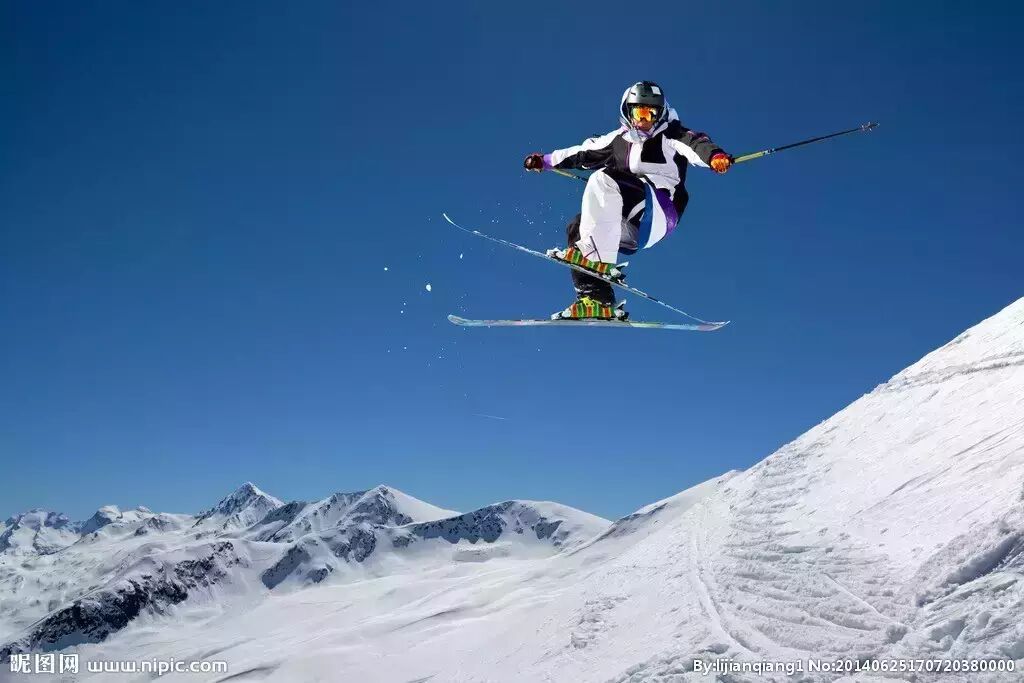[Feature] How Much Do You Know About Skiing Injuries?
![[Feature] How Much Do You Know About Skiing Injuries?](https://api.zsiga.xyz/mp-weixin-attachment/cover/19/2649987838_1.jpg)

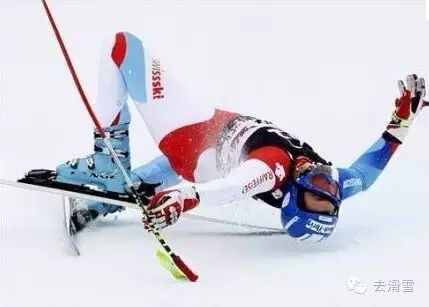
In skiing, common injuries include sprains, fractures, falls, dislocations, head trauma, spinal injuries, and internal organ damage, among others. Notably, knee injuries account for 80% of all skiing-related injuries, while sprains and strains make up about 34% of the total. Among knee injuries, tears of the medial and lateral collateral ligaments, the anterior cruciate ligament, and damage to the meniscus are particularly frequent.Ligament injuries are generally classified into three types: sprains, partial tears, and complete ruptures.Ligaments primarily function to stabilize and regulate joint movement. Therefore, in cases of sprains or partial tears, conservative treatment or surgery may be considered. However, if the ligament is completely torn, prompt surgical intervention is essential, depending on the specific situation.Generally, the optimal time for surgery is within 6 weeks after the injury.However, every situation is unique—so it’s crucial to seek medical attention as soon as possible and follow your doctor’s advice closely.

WithAnterior Cruciate Ligament InjuryFor example
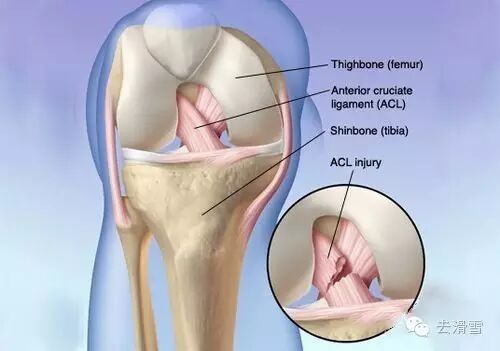
The anterior cruciate ligament primarily serves as the primary stabilizing structure for forward movement in the knee joint.For instance, a tear can lead to noticeable knee instability, severely impairing knee joint function. As a result, if left untreated, it can easily cause further damage to critical structures such as articular cartilage and the meniscus. If ignored for too long, this condition may even accelerate premature joint aging and increase the risk of developing osteoarthritis. Moreover,Isolated simple anterior cruciate ligament injuries are relatively rare, often occurring alongside injuries to the collateral ligaments and meniscus.
Damage scenario recreated:
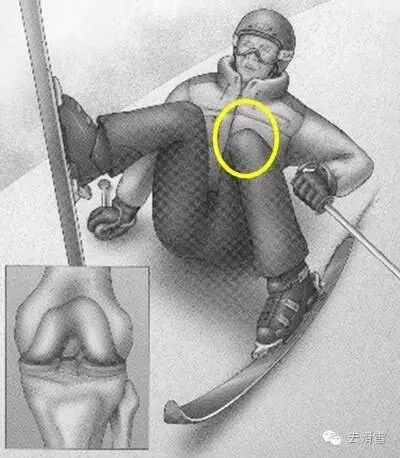
I. Emergency Measures:
Generally, ligament injuries during physical activity are accompanied by some degree of redness and swelling. Therefore, the RICE method—rest, ice, compression, and elevation—can be applied immediately after the injury.Apply ice to the injured area.(Do not apply ice directly to wounds; instead, use a sterile gauze pad to apply firm pressure and help stop the bleeding.) Ice can be applied using ice water, ice cubes, frozen mineral water, or purified water. If available, a cooling agent can also be used to ice the affected area and reduce swelling (tap water is not recommended).
Properly immobilizing the injured area can effectively reduce pain and prevent further damage. However, remember to keep the immobilization simple yet effective—avoid moving or shifting the injured limb to prevent secondary injury. If necessary, use a stretcher for transportation.Take the knee joint as an example., also usable in daily lifeKnee Joint Immobilization Brace Clamp BracketProtects the affected area and provides excellent support for injuries such as knee ligament tears and meniscus damage.
After saying all this, the most important thing of all isSeek medical treatment promptly.Oh!
II. Postoperative:
If your injury is severe enough to require surgery, your next focus should shift from *how* the surgery will be performed to *how* you’ll approach the rehabilitation phase! After all, while you can leave the surgical procedure entirely in your doctor’s hands, it’s up to you to take charge of your recovery afterward. Trust me—when it comes to rehabilitation, your healing journey is just getting started!

Reconstruction
Since everyone’s situation and each hospital’s approach vary, post-surgery rehabilitation also differs from case to case. Here, based on patients’ personal rehabilitation experiences, we’re sharing three recommended exercises for your reference—but always follow your doctor’s advice for specific details.
Basic exercises:
Straight Leg Lift Exercise:After straightening the surgical leg, slowly lower it while keeping the angle at about 30° from the bed surface. Hold this position for 30 to 60 seconds, repeating the exercise 30 to 40 times daily. When lifting the leg, gently point your toes backward—this helps prevent the ligaments from becoming loose. This movement primarily targets and strengthens the quadriceps muscles in the thigh.
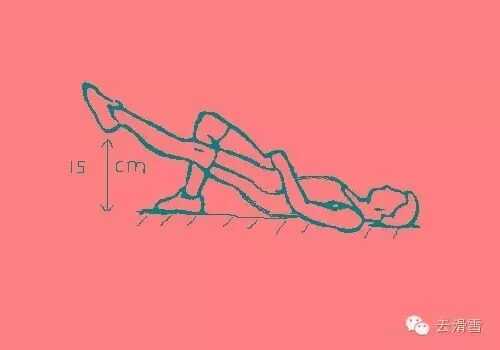
Leg curl exercise:Sit on the edge of the bed or a chair—though even a table will do if necessary—and let your lower leg hang naturally. Use your other leg or someone else’s help to gently stretch your knee to the prescribed angle, holding the position for 5 to 10 minutes. When practicing this exercise on your own, be sure to follow your doctor’s instructions carefully and stick closely to the recommended pace. Going too slowly risks causing ligament adhesions—let me tell you, you definitely don’t want to experience that kind of excruciating pain. To put it mildly, it feels like watching, in slow motion, the agonizing moment when a ligament is torn all over again… (Saying more would just bring tears!) On the flip side, moving too quickly can easily lead to ligament damage—or even worse, loosening or tearing altogether. And trust me, if that happens, you’ll be heading straight back into the operating room for another round of surgery.
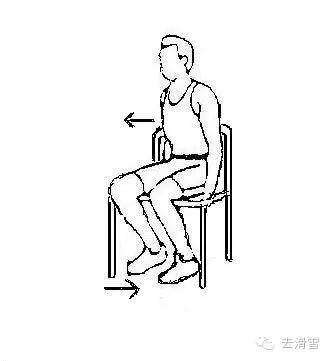
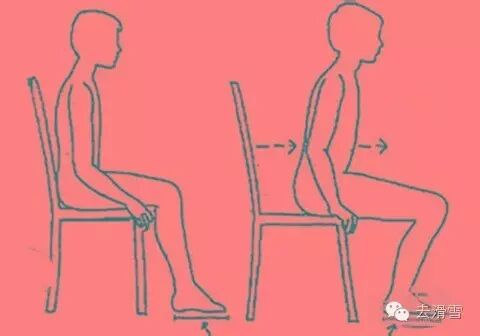
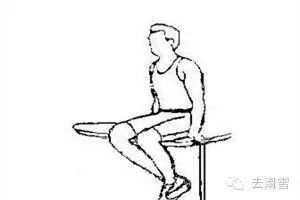
Leg-stretching exercise:Place your legs flat on the bed (a firm surface works best), apply gentle pressure to the upper thighs just above the knees, ensuring your legs lie as flat as possible against the bed. Alternatively, you can hold your thighs in place while lightly lifting your lower legs. This exercise helps prevent atrophy of the muscles on the back of your knees—a common issue when legs aren’t exercised over extended periods, leading to difficulty straightening them.
Ice packAfter exercising, you can apply ice to the affected area for 20–30 minutes, depending on your individual needs. If you normally experience significant joint swelling, pain, or noticeable heat, ice therapy is also recommended.
Postoperative rehabilitation can utilize the methods previously mentioned.Knee Joint Immobilization Brace Clamp BracketFor protection purposes, it is recommended to remove the clamp support after 8 weeks post-surgery.
Knee Joint Immobilization Brace Clamp BracketIt probably looks like this ↓
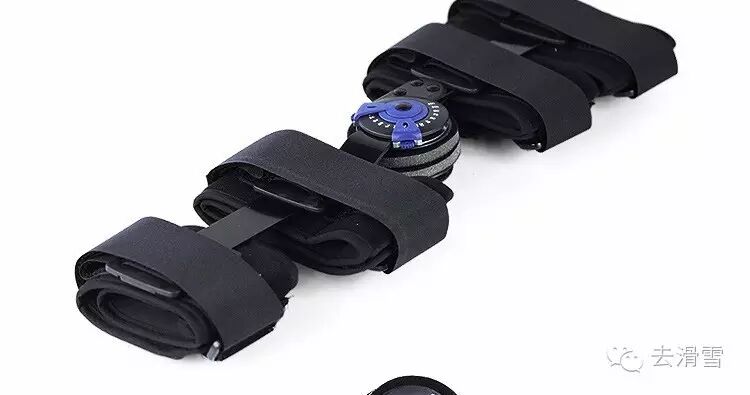

Important Notes!
This post provides experience for reference only. After an injury, please seek medical attention promptly, and always follow your doctor's instructions regarding specific matters like rehabilitation!Finally, a reminder to all snow enthusiasts: always warm up properly before hitting the slopes—after all, skiing safely and healthily is what really matters! And don’t forget to check out the warm-up video we’ve included below. For more essential pre-ski exercises, just click here:Read the original text"Watch and learn!"



 WeChat ID: quhuaxue01
WeChat ID: quhuaxue01 Long press the QR code on the left to follow
Long press the QR code on the left to follow
